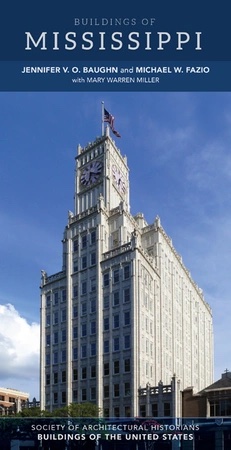
This impressive building is the oldest on the campus. At the turn of the twentieth century, so-called Bourbon Democrats, who supported industrialization, held sway in Mississippi, and the state legislature appropriated funds for a textile department at the college. North Carolina textile engineer Tompkins donated his architectural services, and in 1901, the Textile Building opened, and faculty began training cotton-mill overseers and superintendents in a facility that had 824 cotton spindles and 24 looms powered by electricity. The program never thrived, and when anti-industry governor James K. Vardaman took office in 1904 and the national economy swooned in 1907, the nascent program’s demise was inevitable. Textile-making education in Mississippi ended in 1914, and the Industrial Education Department occupied the building. The college’s 1898–1899 biennial report described the projected textile building as a “miniature cotton factory,” underlining its resemblance to the nearby J. M. Stone Cotton Mill (CH16). Unlike the mill, the two-story academic building’s repetitive bays have round-arched windows, and these give way to ornamental flourishes at the triple-arched entrance portico, which is supported by squat limestone columns, and the tall, square flanking towers with terra-cotta details.

